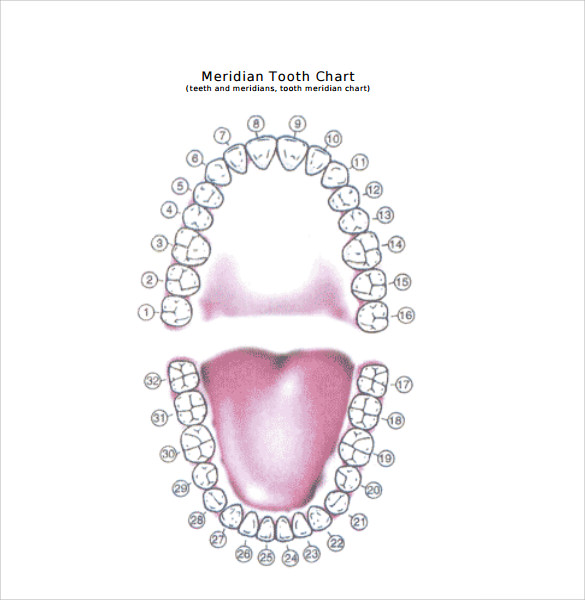

Sometimes, permanent teeth push the baby teeth out, but typically, permanent teeth come through the gums at the back of the mouth behind the last baby tooth in the jaw. These teeth gradually fall out, and 28 permanent teeth replace them. Children usually get all their primary teeth by the age of 3. Primary teeth first start to appear when babies are around 6 months old. Share on Pinterest Adults usually have 32 teeth.Ĭhildren have 20 primary, or baby, teeth. People do not need these teeth for chewing, and they are difficult to keep clean because of their position far back in the mouth. People may experience mild discomfort when their wisdom teeth start pushing through the gums, but anyone feeling a lot of pain or has swelling should see a dentist.Ī dentist may need to remove wisdom teeth if a person has tooth decay, pain, or an infection. It is essential to see a dentist if people have any issues with their wisdom teeth. Wisdom teeth that only come through halfway or are in the wrong position can increase the risk for infection or damage in surrounding areas.

Sometimes wisdom teeth can become impacted, which means they can become trapped under the gum and are unable to come through properly. Some people do not have all four wisdom teeth, or the teeth may stay unerupted in the bone and never appear in the mouth. These sit at the end of the row of teeth, in the far corners of the jaw. The last molars to erupt are wisdom teeth, or third molars, which usually come through between the ages of 17–21. Adults have 12 permanent molars - six on the bottom and top jaw, and children have eight primary molars. They have a large, flat surface with ridges that allow them to chew food and grind it up. These first appear as permanent teeth when children are 10–12 years old. Young children do not have premolar teeth. The first and second premolars are the molars that sit next to the canines. They have many ridges and help chew and grind up food. Premolars, or bicuspids, are bigger than the incisors and canines. The lower canines tend to come through slightly before those in the upper jaw. Children usually get their first permanent canines between the ages of 9 and 12. Canines are the longest of all the teeth, and people use them to tear food.īoth children and adults have four canines.

Dentists also call them cuspids or eyeteeth. CaninesĬanines are the sharp, pointed teeth that sit next to the incisors and look like fangs. They are also called anterior teeth.īoth children and adults have eight incisors - four central incisors at the front of the mouth, two on each row, with one lateral incisor positioned on either side of them. Incisors are the sharp teeth at the front of the mouth that bite into food and cut it into smaller pieces.


 0 kommentar(er)
0 kommentar(er)
